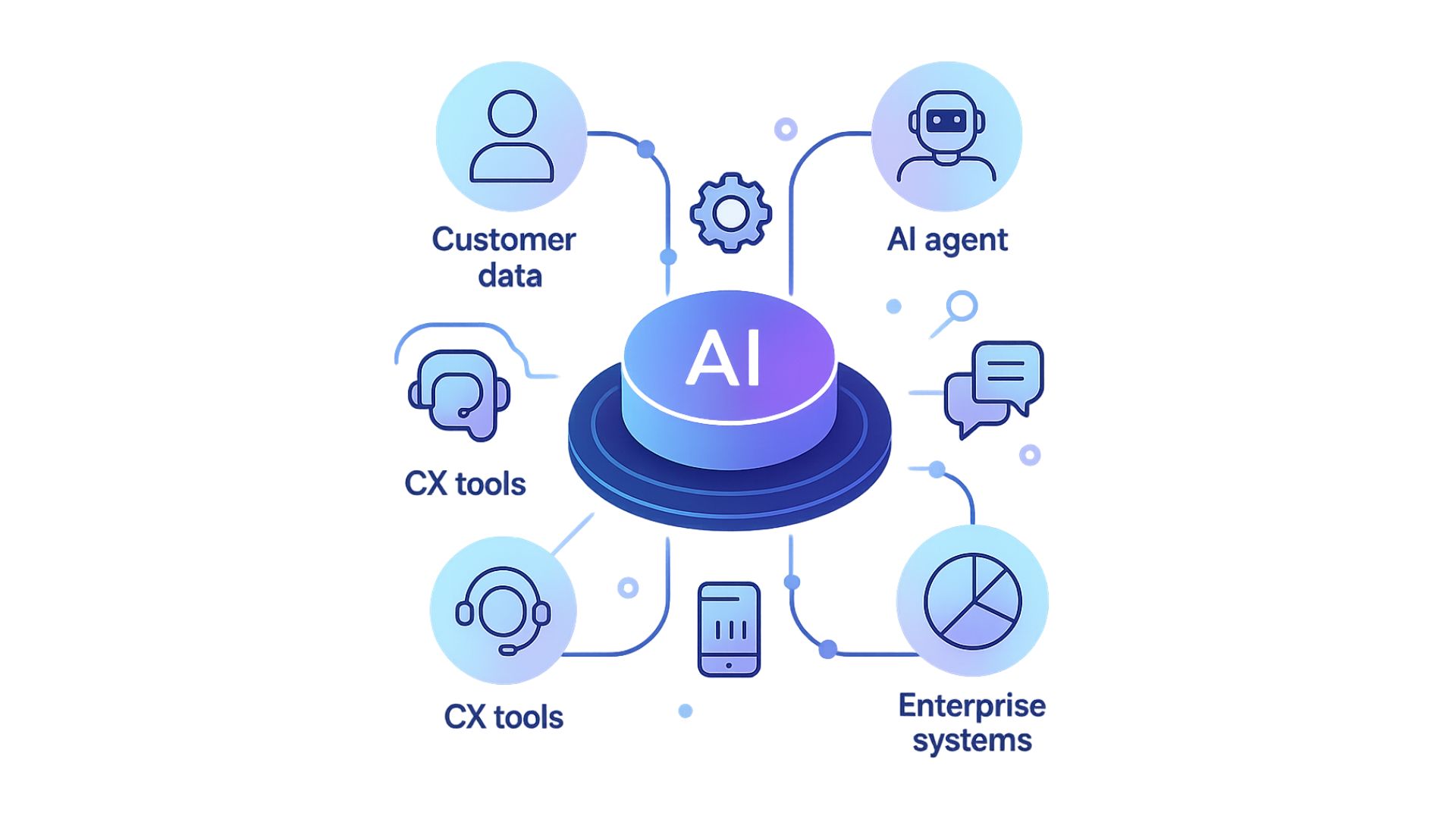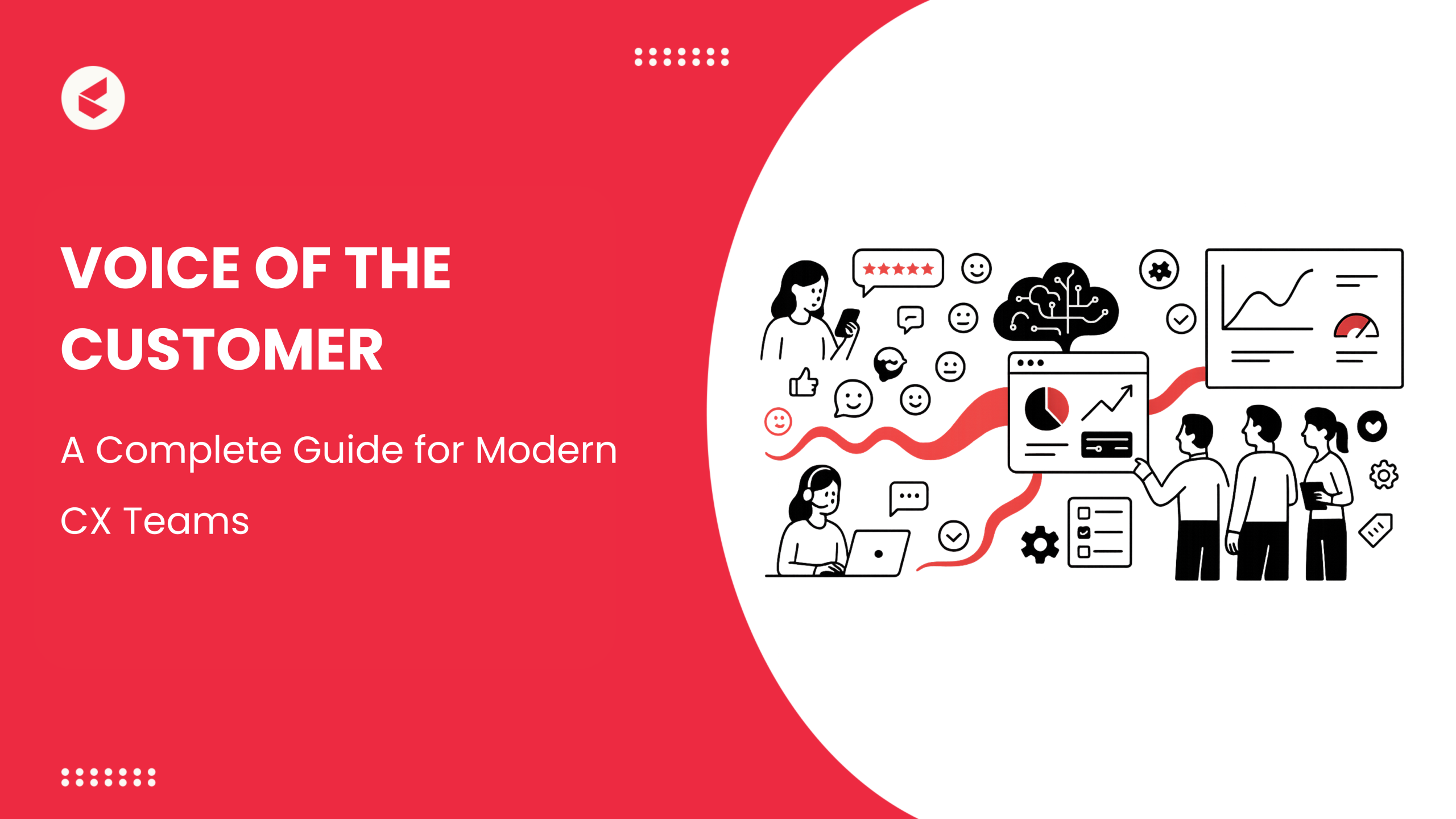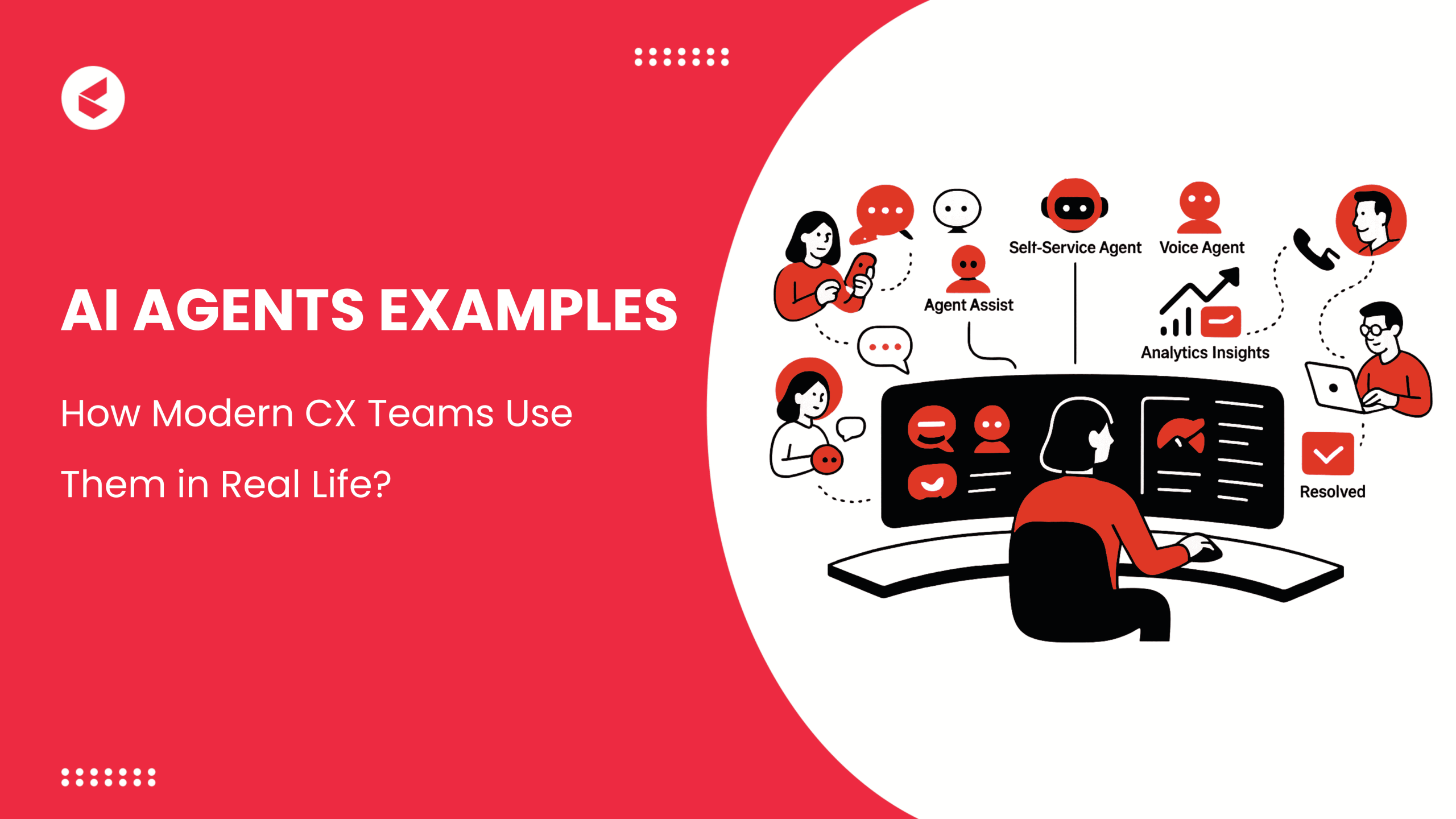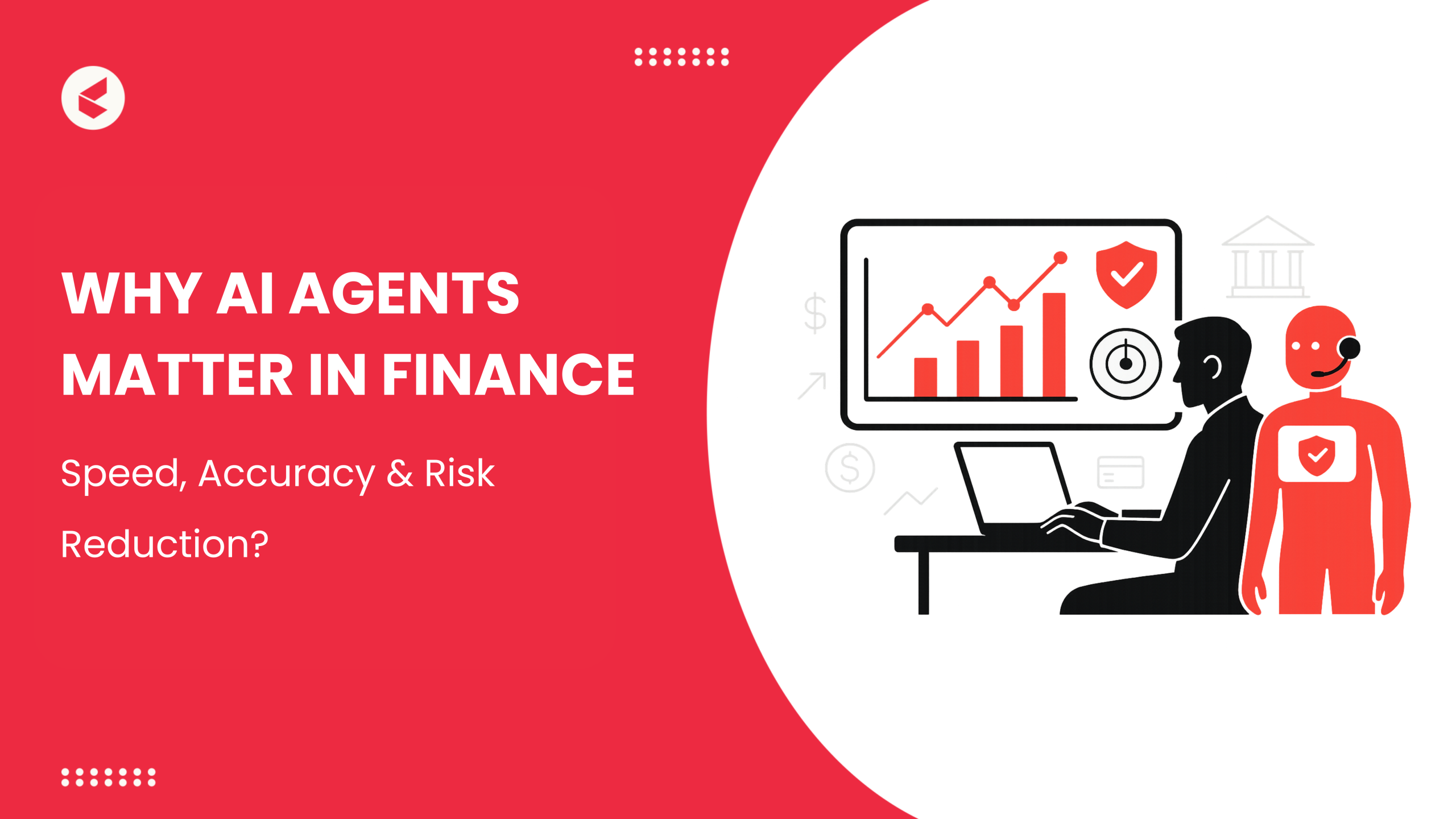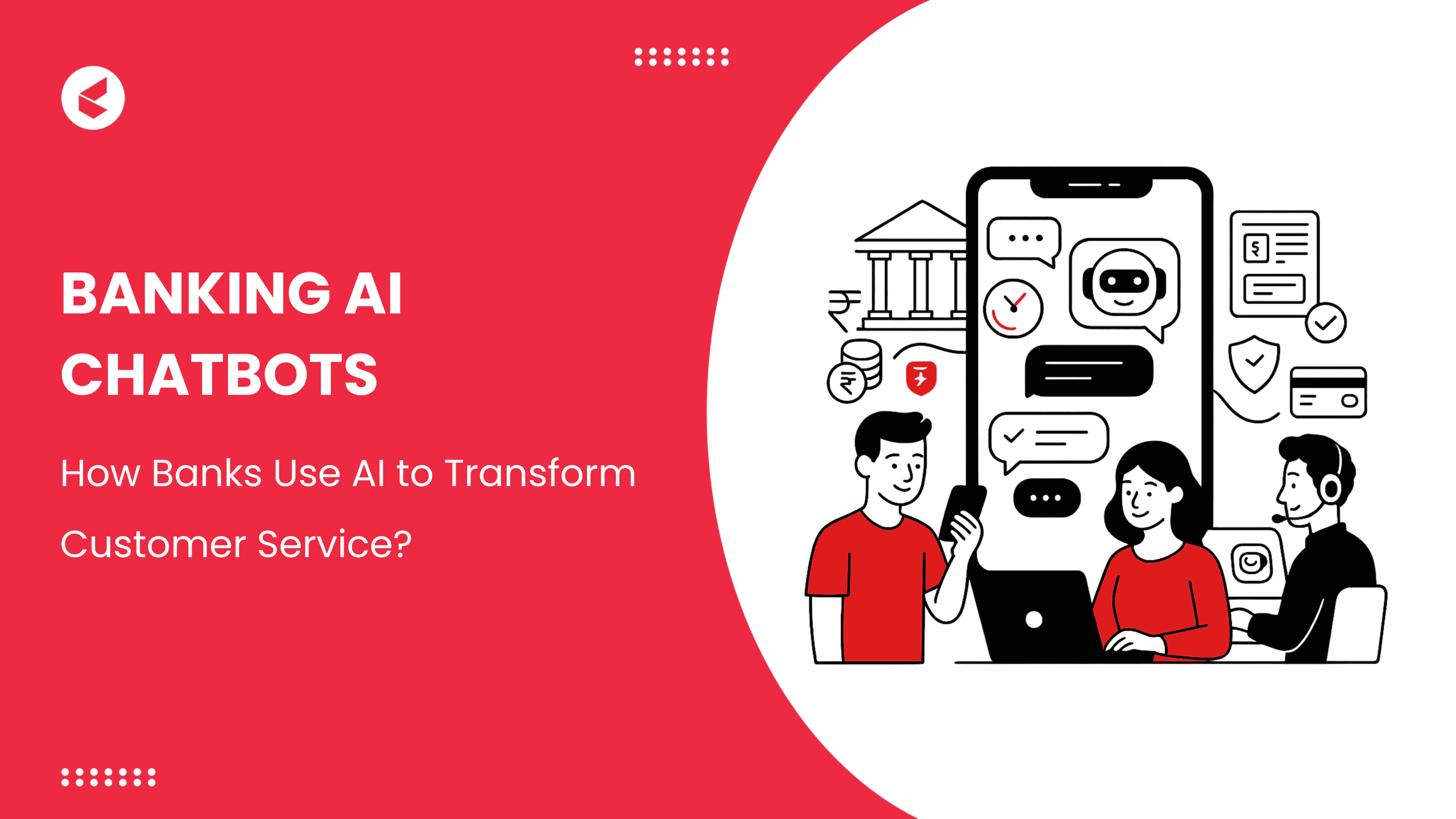Enterprise AI is no longer a shiny side project. It’s deeply woven into how businesses operate and power customer service bots and predictive maintenance systems. But as adoption grows, so do the cracks in the foundation.
Most organizations are running a patchwork of models and platforms that don’t communicate effectively with each other. This leads to blind spots and brittle systems that struggle to scale.
Such issues can frustrate customers, which can be costly, as a study by ZDNet shows that 54% of customers will abandon a brand after only one negative experience.
That’s exactly where Model Context Protocol (MCP) could change the game. MCP is a foundational layer that helps AI systems work with shared context across applications and teams. Instead of fighting complexity with more complexity, it offers a smarter way to build AI systems that are flexible and enterprise-ready.
Ahead, we’ll explore how MCP can simplify integration and unlock the kind of AI agility enterprises have been chasing for years.
What is MCP and How Does It Work?
MCP is a communication framework designed to help AI models interact more effectively with data sources and enterprise systems. MCP was released as an open standard in November 2024 by AI company Anthropic. It was made available for widespread implementation across platforms and industries.
MCP follows a client-server architecture. The AI model (acting as a client), sends requests or prompts, while the server responds with data or system-level instructions. This interaction flows through two key layers:
- Protocol layer – Governs how models ask for and interpret external resources.
- Transport layer – Handles how data moves securely between the AI model and external systems.
Here’s a breakdown of the core components MCP uses to create this dynamic interaction layer:
| Component | Function |
| Tools | External APIs or services the model can call (e.g., databases, CRMs, etc.) |
| Resources | Structured or unstructured data made accessible to the model in real time. |
| Prompts | Context-rich instructions that guide the model’s task execution. |
| Dynamic Discovery | Facilitate the model to learn what tools or data are available mid-interaction. |
This architecture allows AI models to pull live data, take informed actions, and adapt responses while keeping enterprise systems secure and auditable. Instead of coding logic into every model, MCP adopts a modular, plug-and-play approach to enterprise AI integration.
Razorpay and HubSpot Are Bringing MCP to Life
Some companies are already reshaping how AI fits into real-world systems.
In April 2025, Razorpay announced plans to integrate MCP into its payment infrastructure, making it one of the first Indian fintech companies exploring AI-native payment flows. The goal: allow businesses to plug assistants or agents directly into Razorpay’s stack, reducing integration time from weeks to minutes. While still in early stages, it signals how MCP could transform payments from reactive to truly intelligent workflows.
HubSpot is following suit. Its MCP server, now in public beta, lets AI apps like Claude access and update Smart CRM data using natural language. Need to log a note or open a record? The AI can do it, contextually and without custom code.
Together, these examples show what MCP makes possible when tech moves at the speed of real business.
The Unique Strengths of MCP That Make It Enterprise-Ready
MCP is a cleaner integration layer and it fundamentally changes how AI operates within an enterprise stack. Let’s find out what makes it uniquely powerful:
1. One Protocol, Many Systems
Traditional integrations often mean rewriting logic for every tool or vendor. MCP simplifies that by offering a universal protocol that works across environments. It cuts down on custom code, reduces vendor lock-in, and speeds up deployment—something enterprise teams will deeply appreciate.
2. AI that Acts, Not Just Reacts
Most AI models today are stuck in output-only mode. They generate responses, but can’t do much. MCP unlocks agentic AI capabilities so that models can take real actions like creating tickets and pulling real-time analytics from databases. It’s the difference between a chatbot and a digital coworker.
3. Tools on Demand with Zero Downtime
AI models using MCP have dynamic discovery built in. Therefore, such models can identify and use new tools or data sources mid-interaction, without needing a restart or manual reconfiguration.
4. Centralized Security
MCP comes with built-in access control, user consent layers, and role-based permissions. All these are essential features for enterprises handling sensitive data. It keeps governance centralized and auditable without adding friction.
5. Built to Flex and Scale
MCP isn’t tied to one way of working. It can run over HTTP, Server-Sent Events (SSE), or even basic stdin/stdout connections. Because it’s lightweight and modular, teams can plug it into whichever setup they’re already using (cloud, hybrid, etc.).
MCP vs Other AI Protocols (RAG, ACP, Custom Integrations)
As AI systems evolve, several protocols have emerged to handle different aspects of functionality. Each of these protocols has been designed for distinct purposes, but with varying levels of complexity and scalability.
Here’s how MCP compares to Retrieval-Augmented Generation (RAG), Agent Communication Protocol (ACP), and traditional custom integrations.
| MCP | RAG | ACP | Custom Integrations | |
| Core Purpose | Enables AI models to interact with external tools and systems through standardized interfaces. | Designed to help models retrieve external knowledge to improve factual accuracy in generation | Enables communication between multiple AI agents to collaborate on complex tasks | Connects AI to tools or systems using APIs and scripts built on a case-by-case basis |
| Development Overhead | Low. Models can be connected to tools with minimal custom code using a shared schema and prompt format. | Medium. Requires data pipeline setup, embedding systems, and retrieval tuning. | High. Multi-agent orchestration logic is complex and not plug-and-play. | Very high. Custom integrations require full-stack dev effort and ongoing maintenance as tools change. |
| Scalability and Maintenance | Scales and updates easily across tools and teams. | Scales well for document-heavy use cases, but not adaptable to tool-based workflows. | Difficult to scale in real-time production systems due to coordination complexity. | Poor scalability, new tools mean starting over. Long-term maintenance burden is high. |
Challenges and Considerations
MCP holds a lot of promise, but like any emerging standard, it comes with its own set of growing pains. This is what enterprises should keep in mind before diving in:
- The ecosystem is still maturing – MCP was only released as an open standard in late 2024. While adoption is picking up, tooling is still limited. You might find yourself building more than you expected (custom connectors or even internal standards) to fill in the gaps.
- Managing at scale isn’t trivial – In small setups, one server and a few tools work fine. But in large organizations, with multiple teams and dozens of AI systems, managing multiple MCP servers and clients can get messy fast. Versioning, permissions, tool discovery, etc. all need thoughtful governance.
- Latency can sneak up on you – MCP enables live, on-demand tool usage, which can add latency. In real-time use cases like support chats or payments, this hinders customer experience unless mitigated with background loading.
MCP: The Missing Link Between Ambitious AI and Real Enterprise Impact
MCP is still new, and like any early-stage technology, it comes with rough edges like limited tooling and performance trade-offs. But the idea behind it is solid: a simpler, smarter way to connect AI to the systems that matter.
For enterprises willing to experiment and invest in the learning curve, MCP could be a game-changer. Over time, as standards solidify and support grows, it may well become the backbone of a more interoperable AI ecosystem.
Kapture CX’s agentic architecture aligns with the vision behind MCP — empowering models to act autonomously while staying secure, auditable, and context-aware across customer systems. See how Kapture CX uses agentic architecture to integrate, act, and scale with real-world systems.
Request a demo today and get a firsthand look at AI that’s built for real business scalability and success!
